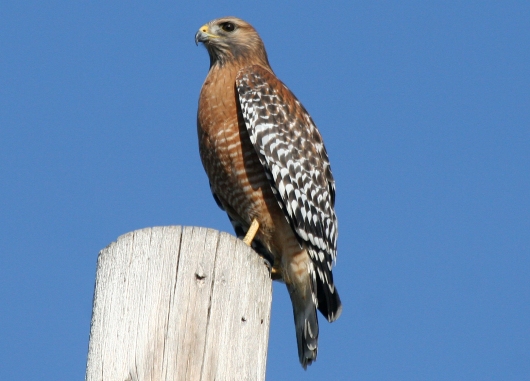A labyrinthine ruin on a promontory overlooking beautiful Linlithgow Loch and Peel (royal park), Linlithgow Palace stands proudly within the town of Linlithgow, west of Edinburgh. The palace served both as the site of Mary Queen of Scots’ birthplace and of filming for Outlander STARZ’s Wentworth Prison exterior and corridors in episodes 115 and 116.
Linlithgow, pronounced like Glasgow with a long “o” sound, means “loch in the damp hollow” in Gaelic. For apt description, more places in Scotland should probably bear the same name.
With four towers and accompanying spiral stone staircases, straight steps up and down to various corridors, hidden nooks, prisoner pits, larger chambers pitch black at mid-day, and overlooking terraces to the interior, Linlithgow Palace feels like a kind of jungle gym for older kids and energetic adults. But that’s not all it has to offer.
Isolated corner courtyards, numerous royal chambers, a great hall with adjoining kitchen, a chapel, an elaborate central courtyard fountain, a small accompanying museum, and a visitor centre gift shop nearly complete the picture.
On our first day while staying in Edinburgh, we consulted our Outlander day-tour guide about the time needed to explore Hopetoun House (the Duke of Sandringham residence in episode 109: 2+ hours) and Linlithgow Palace (about an hour). She also said she preferred the latter, so we chose the ruins over the polished stately home and were glad we did.
Linlithgow Palace is significantly larger and more complex than other ruined castles like Doune and Blackness, which we saw on the Outlander tour, and there’s a good historical reason for that: 6 centuries of Scottish and British royal residence, strategic military use, and general admiration.*
The earliest recorded royal occupation of the palace was by King David I in 1143. Destroyed by fire in 1424, the medieval palace was aggressively rebuilt by James I, becoming the grand royal house of the Stewart court. Developed and remodeled over the centuries by different kings, the palace owes most of its current shape to the 15th-century efforts of James IV.
In 1746, the fire that sealed the fate of the palace occurred three months before the Battle of Culloden, which ended Jacobite hopes for restoring the Stewarts to Britain’s throne. Linlithgow Palace has remained uninhabited ever since but was placed in State care as of 1853, and is now a Historic Scotland property. This site is one of only two places we visited where I purchased a book about it. The other was Culloden Battlefield.
Both places piqued my interest with their prominent use in the original story (Culloden) of Outlander and in the TV adaptation’s series 1 filming (Linlithgow for Wentworth Prison exterior and corridors). My respect and wonder have only grown from seeing them up close and first hand. Much more later from this blog about Culloden.
Below are some corridor shots of locations in the palace I’m guessing found use during filming of episodes 115, “Wentworth Prison,” and 116, “To Ransom a Man’s Soul,” the darkest times in series 1 for our heroes Claire Fraser and especially Jamie Fraser.
Rooks and pigeons roost willy-nilly undisturbed and are the new kings and queens of the palace. But the available notches, ledges, sheltered stalls, window frames, crumbled walls, and even window seats far outnumber the birds occupying them when the public’s around.
Views from the northwest tower, housing Queen Margaret’s Bower (the sheltered tower room up the stairs shown below), reward those who brave the spiralling climb. Visiting Linlithgow Palace on our last full day in Scotland was well worth the extra trip from Glasgow, even in steady rain.
* My source for the historical information was Linlithgow Palace: The Official Souvenir Guide, published by Historic Environment Scotland.
For more information about Linlithgow Palace, its long and fascinating history, its connection to Outlander, or about other Historic Scotland properties, start with:
- Linlithgow Palace at VisitScotland.com, website of the national tourist board of Scotland, and
- Linlithgow Palace at HistoricEnvironmentScotland.scot
To learn about dining, accommodation, and other things to do in the surrounding town of Linlithgow, see the links provided at the Linlithgow page of VisitScotland.com.
For a list and brief descriptions of (mostly) season 1 Outlander filming and book-related sites, as well as our plans leading up to the trip, go to Five-Phrase Friday (38): Scotland. Upcoming posts will offer thoughts and advice about Outlander tours and different aspects of travel in Scotland.
Here’s what I’ve covered so far:
- Morning Fog, Loch Long, Arrochar – snapshot from Trossachs National Park
- Scottish Color: A Photo Essay – overview of trip’s sensory highlights
- The Paps of Jura – sea-and-mountains vista and Gaelic language bit













































































